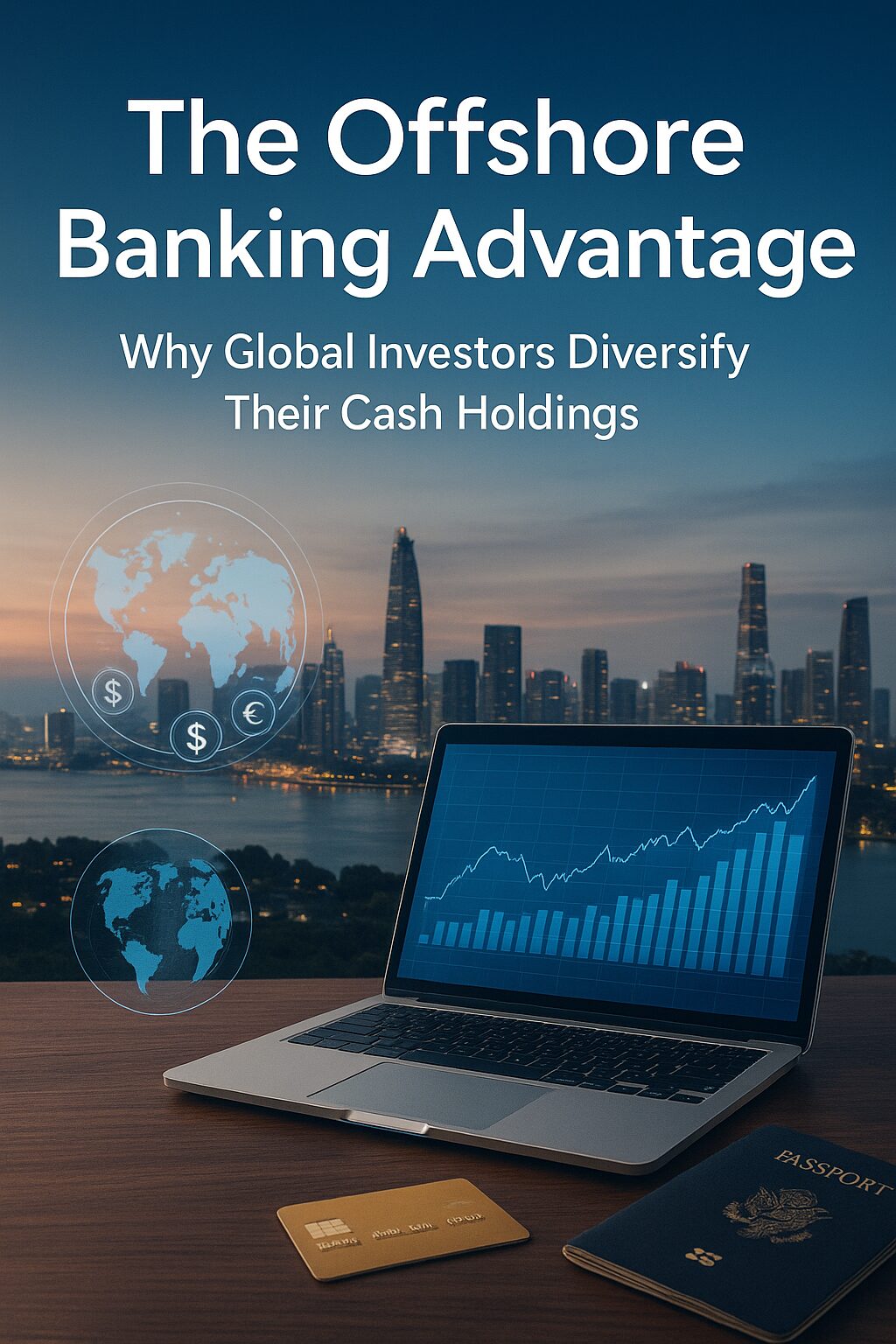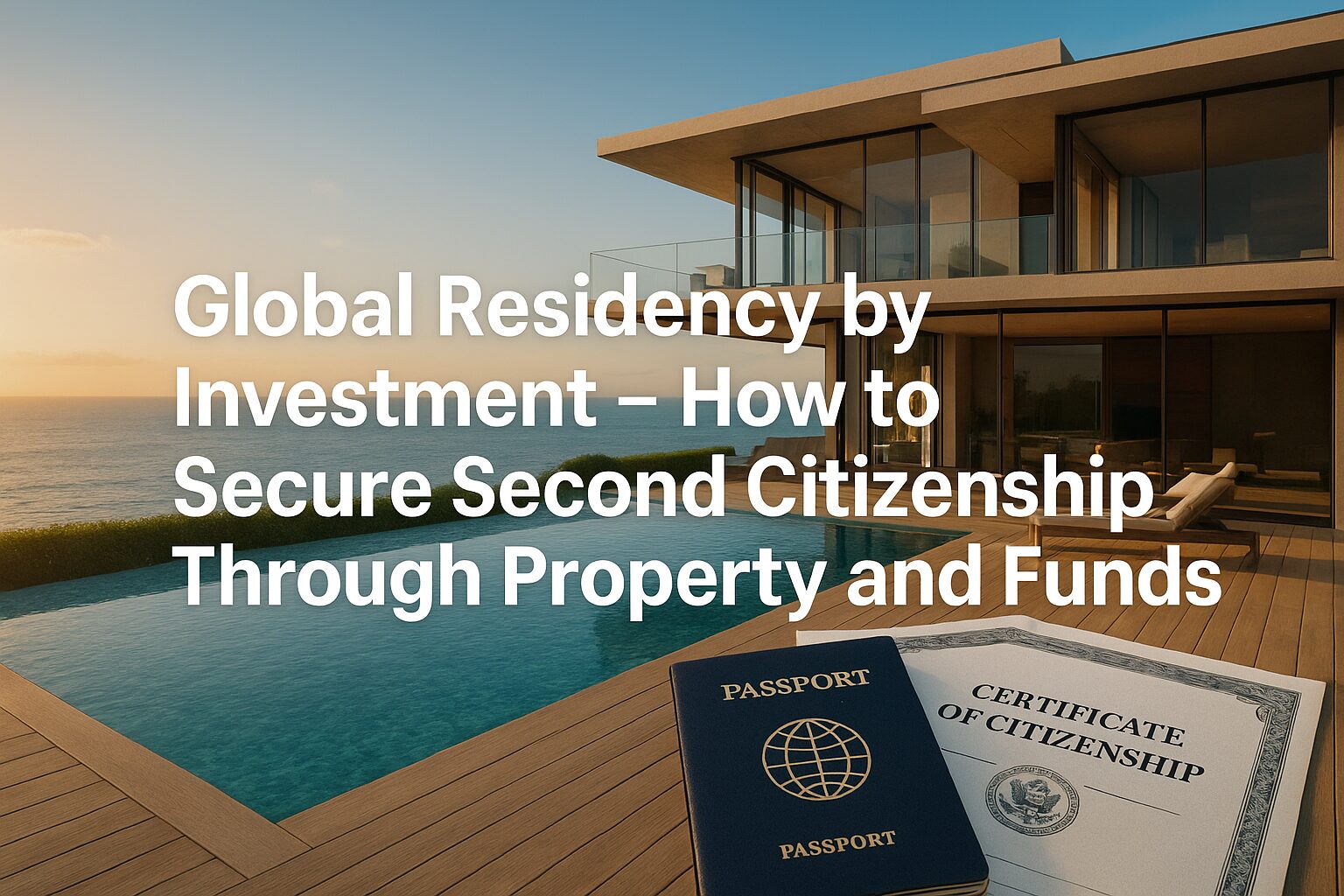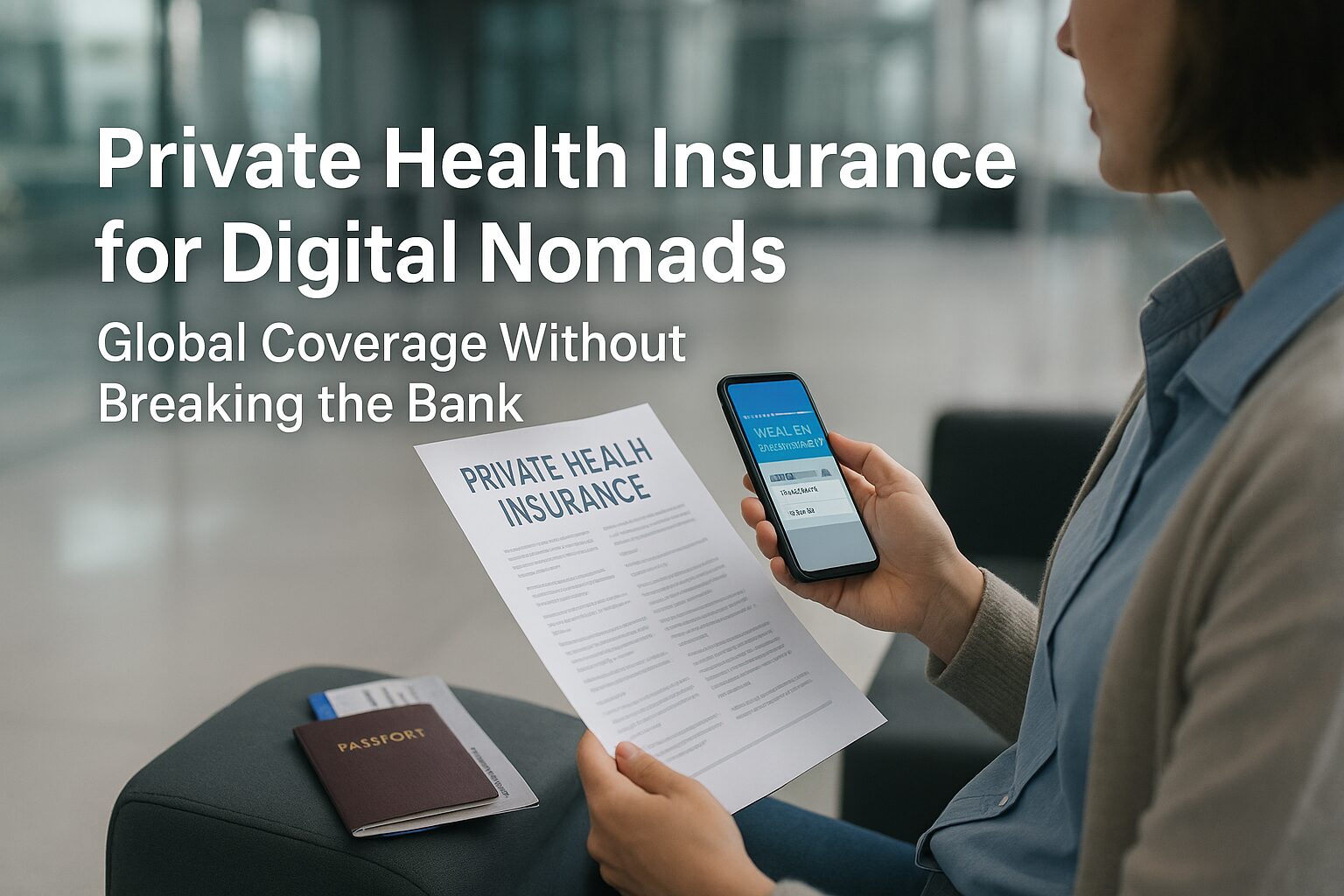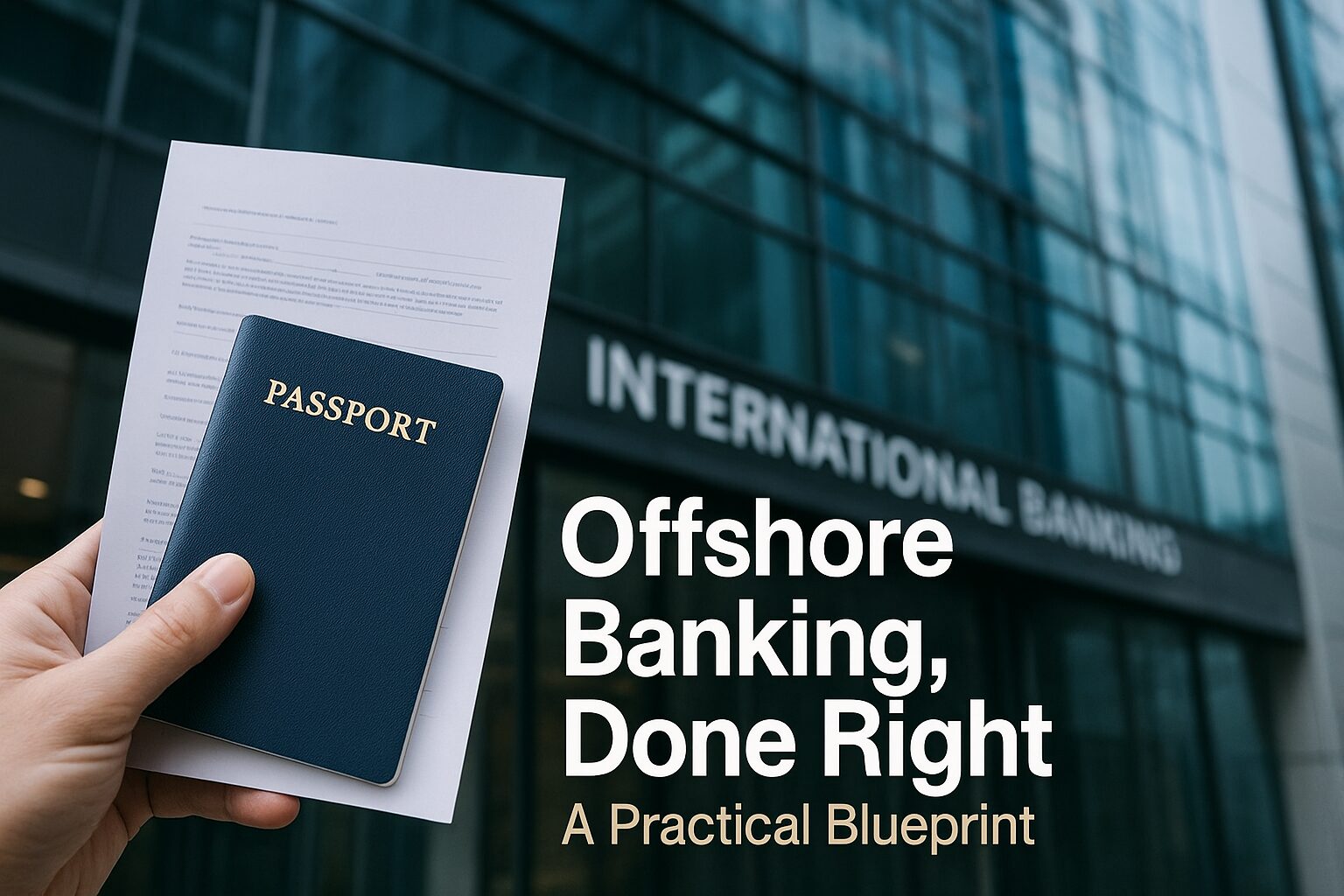In today’s increasingly globalized economy, high-net-worth individuals and ambitious entrepreneurs are looking beyond the borders of their home countries. The ability to move capital, relocate families, and optimize tax exposure has become essential for wealth preservation. One of the most effective ways to achieve this flexibility is through second citizenship and golden visa programs.
In 2025, governments around the world continue to offer citizenship-by-investment (CBI) and residency-by-investment (RBI) opportunities. These programs not only provide freedom of movement but also serve as a legal strategy for global investors to minimize taxes, access better financial systems, and protect assets in an era of geopolitical uncertainty.
This comprehensive guide will break down everything you need to know about second citizenship and golden visas, from the top destinations to the key benefits, costs, and risks.
What Are Second Citizenship and Golden Visas?
Second Citizenship refers to obtaining a legal passport from another country in exchange for an investment, donation, or economic contribution. It typically grants full citizenship rights, including voting, business ownership, and visa-free travel.
Golden Visas, on the other hand, are residency permits granted to investors who meet specific financial thresholds, such as real estate purchases or government bonds. While they do not immediately provide citizenship, they grant long-term residency with pathways to permanent residence or eventual citizenship.
Key Differences:
- Citizenship by Investment (CBI): Provides immediate citizenship and passport.
- Residency by Investment (RBI): Grants residence rights first, citizenship may follow after several years.
- Tax Implications: Second passports often give access to tax-friendly jurisdictions, while golden visas allow relocation to favorable tax regimes.
Top Programs in 2025
1. Caribbean CBI Programs
The Caribbean continues to dominate the CBI industry with affordable, fast, and efficient options. Countries like St. Kitts & Nevis, Antigua & Barbuda, and Dominica offer citizenship within months, with investment amounts starting around $100,000. Benefits include:
- Visa-free access to over 140 countries.
- No global income, capital gains, or inheritance taxes.
- Quick processing and family inclusion.
2. European Golden Visas
Europe remains highly attractive for investors seeking access to the EU. In 2025:
- Portugal Golden Visa: Real estate investment from €500,000, five years to citizenship, global tax planning opportunities.
- Greece Golden Visa: Entry from €250,000 in property, permanent residency with EU mobility.
- Spain Golden Visa: €500,000 real estate investment, eventual path to citizenship after residency.
- Malta Citizenship by Naturalization for Exceptional Services: One of the few direct citizenship routes in Europe, albeit expensive (€600,000+).
3. Middle East Programs
The United Arab Emirates (UAE) offers long-term residency through real estate or business investment. With zero personal income tax and a world-class financial hub in Dubai, it remains one of the most strategic residency choices for global investors. Saudi Arabia has also entered the scene with its new investor visa framework.
4. Asian Options
- Singapore Global Investor Program: High entry threshold (SGD 2.5 million+), but grants access to one of the world’s most stable economies.
- Thailand Elite Visa: Offers renewable long-term residency for affluent retirees and entrepreneurs.
Tax Benefits and Residency Planning
One of the most powerful reasons to obtain a second citizenship or golden visa is tax optimization.
- Non-Domicile Benefits: Countries like Portugal and Malta allow non-domiciled residents to legally exclude foreign income from taxation.
- No-Tax Jurisdictions: The Caribbean nations and the UAE impose no income, wealth, or inheritance taxes, making them attractive for wealth preservation.
- Banking Freedom: Having multiple residencies allows investors to diversify accounts across jurisdictions, reducing dependency on a single system.
- Asset Protection: Offshore entities combined with alternative residencies shield assets from lawsuits, political instability, or domestic taxation.
Cost, Timeline, and Process
Investment Thresholds:
- Caribbean Citizenship: $100,000 – $150,000 donation or $200,000+ real estate.
- European Residency: €250,000 – €500,000 in property or €1 million in financial instruments.
- Premium Programs: Malta, Austria, and Singapore require multimillion-dollar investments.
Processing Timeline:
- Caribbean: 3–6 months.
- European: 6 months – 2 years for residency, 5+ years for citizenship.
- UAE/Asia: 6–12 months average.
Key Steps:
- Select destination and program.
- Engage a licensed immigration lawyer or authorized agent.
- Conduct due diligence checks.
- Make the required investment.
- Receive residency card or passport.
Risks and Things to Consider
While second citizenship and golden visas provide incredible opportunities, there are risks:
- Policy Changes – Countries can suspend or tighten programs, as seen in Cyprus’ CBI program closure in 2020.
- Geopolitical Shifts – Global sanctions or regional instability can reduce the power of a passport.
- Tax Residency Confusion – Without careful planning, you may remain taxable in your home country despite new residency.
- Fraudulent Agents – Always verify authorized service providers to avoid scams.
Conclusion
For global investors in 2025, second citizenship and golden visas represent more than just a travel document—they are a strategic shield for wealth, freedom, and security. Whether you are an entrepreneur seeking better markets, a retiree looking for lifestyle benefits, or a high-net-worth individual planning global tax efficiency, these programs are a legitimate path to financial sovereignty.
The smartest investors are already diversifying not just portfolios, but citizenships and residencies. In an uncertain world, multiple passports are no longer a luxury—they are a necessity.









